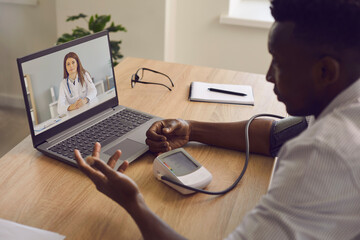
There are quite a few benefits to integrating RPM in Healthcare. The most important one to mention is improving patient outcomes. Having an AI machine in Healthcare allows for continuous monitoring of a patient's health, which can help early detection of health challenges and help a care team develop an action plan for the patient. This, in return, will only benefit the patients so they have better health outcomes, reduced medical bills, and doctor visits. RPM can also help patients have more personalized care by allowing providers to create a treatment place to fit perfectly with the patient based on their real-time health data.
Introducing Remote patient monitoring can help lower healthcare costs as it will prevent complications and hospitalizations. Monitoring patients from their homes will allow them to have fewer in-person visits and help healthcare professionals save time.
Often, patients suffering from chronic diseases tend to make it difficult for physicians to see and treat. With RPM, we see a difference in compliance; physicians will be able to keep the patient more engaged. The New York PR Newswire wrote an article discussing increased patient compliance with RPM. "Remote patient monitoring (RPM) can lead to greater patient engagement, which in turn can elevate compliance with physician recommendations, including taking medications as prescribed and making important lifestyle changes" (PR Newswire, 2019)
Throughout the years, we have seen a need for more nurses and physicians in the healthcare industry. With this lack of professionals, efficiency has also been decreasing, and a great way to provide enhanced provider efficiency is through RPM. Remote patient monitoring allows providers to efficiently monitor a more significant number of patients while also giving them the chance to have more time with in-person patients. This not only increases efficiency but the overall capacity of healthcare systems.
Mitchell Tang mentions in a journal the motivations of RPM, "Growing enthusiasm for remote patient monitoring has been motivated by the hope that it can improve care for patients with poorly controlled chronic illness" (Tang, 2022). Throughout the years, as technology advances, there are high hopes that very soon RPM will help improve the lives of people with chronic diseases and help early detection of any other diseases.